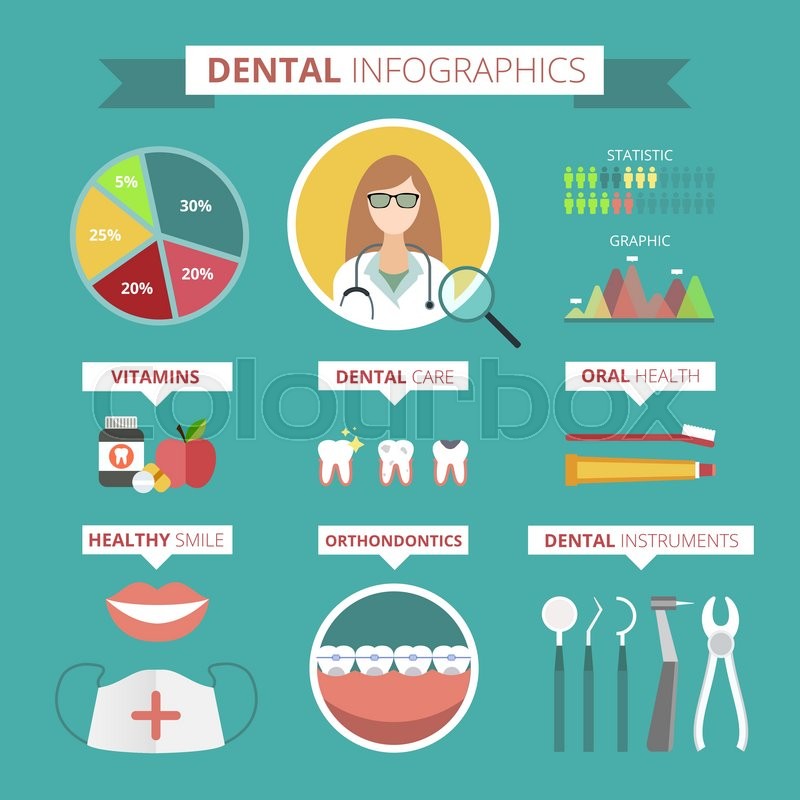Invisalign Versus Standard Braces: A Considerable Examination
Invisalign Versus Standard Braces: A Considerable Examination
Blog Article
Material Create By-Russo Maddox
When confronted with the choice in between Invisalign and conventional braces, you might question which alternative straightens far better with your way of living and preferences. The option involves more than just the aesthetic allure; it explores elements like therapy duration, comfort, and lasting dental wellness impacts. Consider the impact each choice might carry your day-to-day routine and positive self-image. As we check out the comprehensive contrast, you'll get understandings into the nuances that make these orthodontic therapies distinct and find which one might be the better fit for you.
Materials and Construction
When comparing Invisalign to conventional braces, the products and building and construction vary dramatically. Invisalign contains clear, smooth plastic aligners personalized to fit your teeth. These aligners are virtually undetectable, making them a preferred selection for those looking for a more very discreet orthodontic treatment.
On the other hand, conventional dental braces involve steel braces that are glued to your teeth. These braces are then attached by wires and rubber bands, using stress to slowly shift your teeth right into the wanted setting.
The construction of Invisalign aligners permits a more comfortable fit compared to typical dental braces. The smooth plastic material reduces inflammation to your cheeks and periodontals, which is a typical issue with steel braces and cables. Furthermore, Invisalign aligners are removable, making it much easier to clean and floss your teeth without any blockages.
On the other hand, standard braces are fixed onto your teeth, calling for additional treatment and time for appropriate maintenance.
Maintenance and Oral Health
The upkeep and dental hygiene practices vary between Invisalign and standard dental braces as a result of their one-of-a-kind layout and construction.
With Invisalign, you can remove the aligners when consuming or cleaning your teeth, allowing you to maintain your normal dental hygiene routine with no blockages. It's vital to comb your teeth after eating prior to putting the aligners back on prevent food bits from obtaining entraped and triggering degeneration.
On the other hand, standard braces need additional attention to keep your teeth tidy. Food fragments can easily obtain embeded the brackets and wires, resulting in plaque accumulation and possible tooth decay. You'll need to use special tools like interdental brushes or floss threaders to clean between the wires and brackets effectively.
Normal dental examinations and cleanings are necessary to make certain that your dental hygiene is in leading problem while wearing standard braces.
Exposure and Aesthetics
Presence and aesthetics play a significant function in the comparison in between Invisalign and standard braces. When you could try here pertains to appearance, Invisalign provides a clear benefit over conventional braces. Invisalign aligners are basically unseen, making them a popular option for those that like a more discreet orthodontic treatment option.
Unlike the visible metal brackets and wires of standard braces, Invisalign aligners are transparent and assimilate with your all-natural teeth, permitting you to grin confidently throughout your therapy.
Standard braces, on the other hand, are extra obvious due to their steel components. While Read the Full Piece of writing might select colorful bands to customize their dental braces, others could feel uneasy concerning the presence of these orthodontic home appliances. The famous look of traditional dental braces can sometimes affect a person's self-esteem, especially for adults in specialist setups.
Verdict
To conclude, when choosing between Invisalign and standard dental braces, consider your lifestyle and preferences. Invisalign provides a very discreet and comfy alternative with easy maintenance, while typical braces supply vibrant personalization however might affect self-confidence.
Inevitably, the decision should be based upon what works best for you in terms of looks, benefit, and comfort. See to it to seek advice from your orthodontist to figure out the most appropriate therapy for your specific demands.
